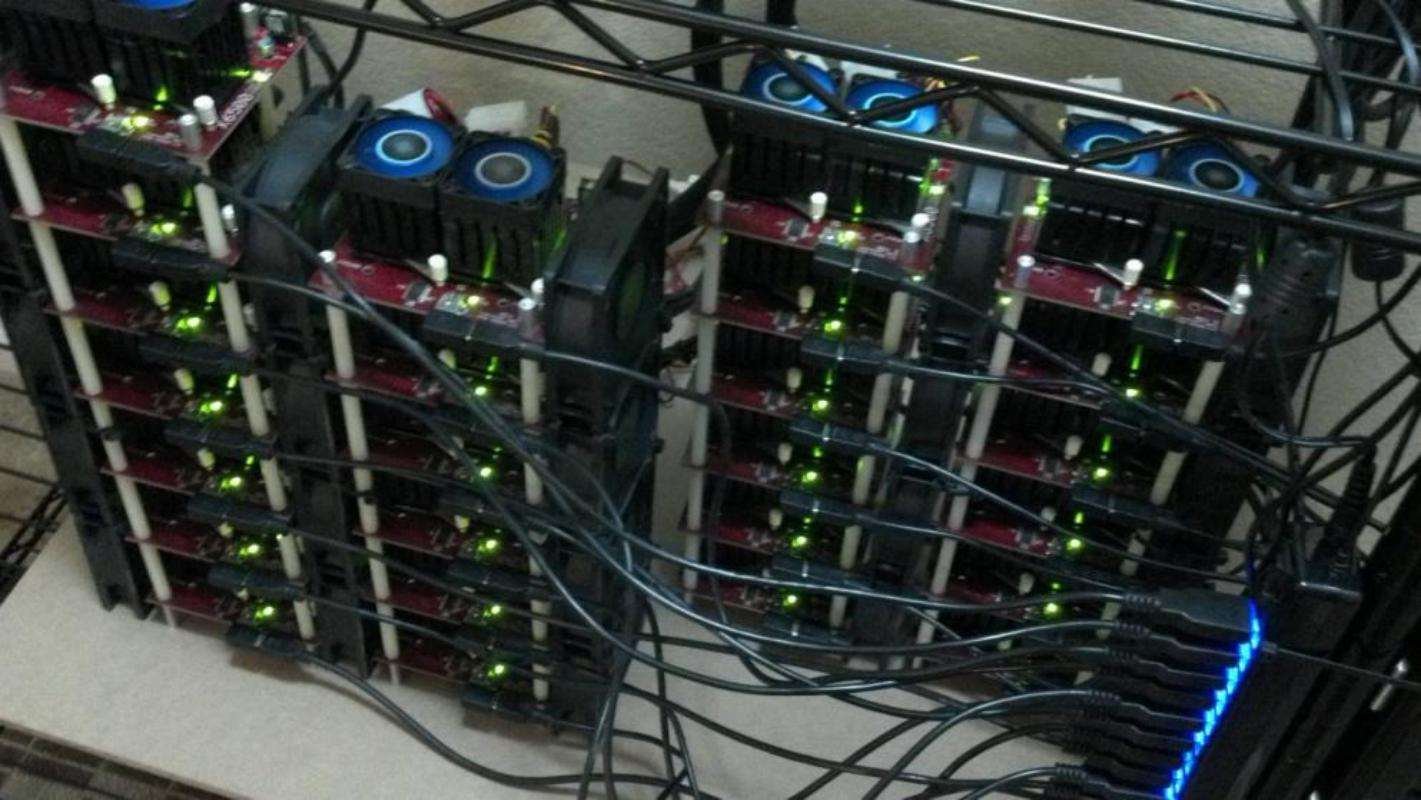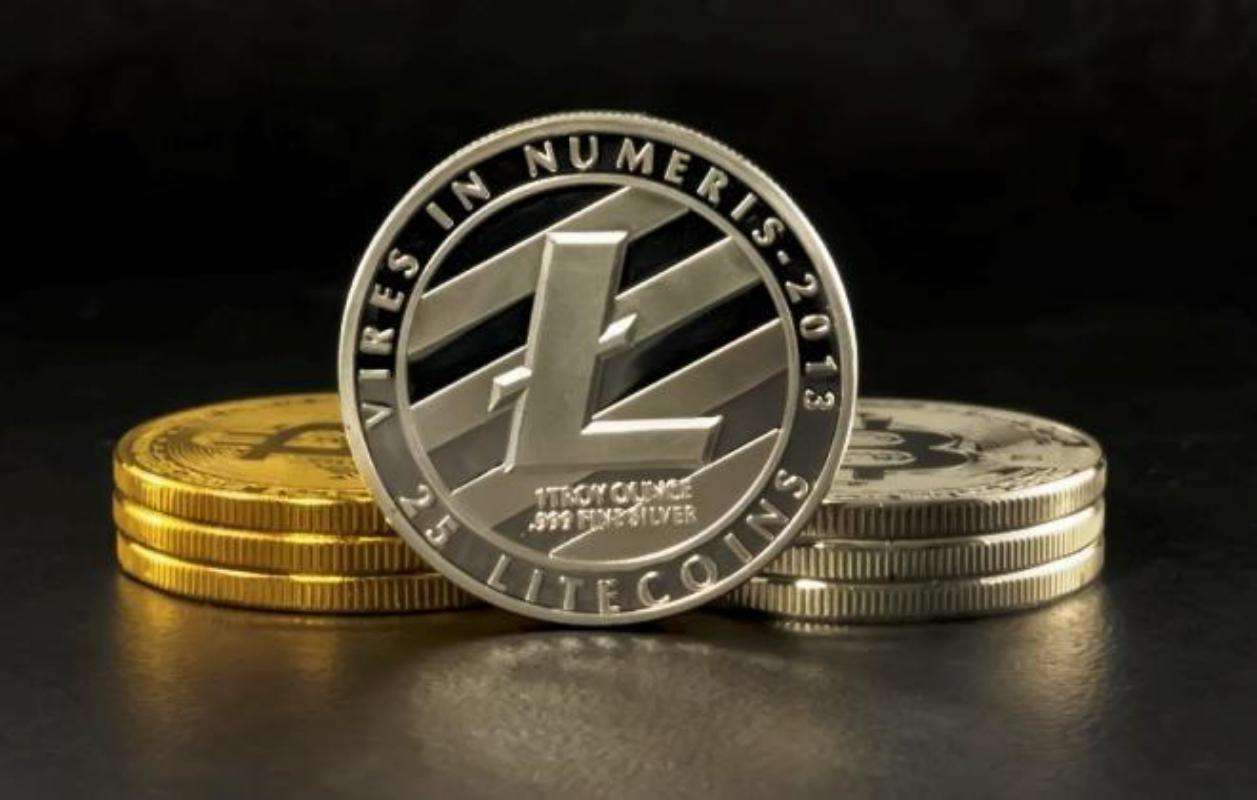Trading With Market Depth
Content

In case of Entry and Exit strategies to switch between different strategies click on the Switch button. You can modify the number of contracts by pressing +1, +2, +5 etc. buttons. To scroll icons in the Place Order menu, use the Scroll buttons. To expand or collapse the Place Order menu, use the Expand/Collapse buttons. AvgEntry Price of the position is highlighted in white in Price column. To change indication type, click on PnL and Current position box. PnL and Current Position box indicates Current Position and Profit and Loss.
- Maker orders create the liquidity on a market that allows taker orders to execute.
- The market depth screen is where you can see the best 5 bids and offers/asks for a particular instrument.
- Like any other tool in trading, this doesn’t guarantee success.
- Each exchange offers direct feeds for the order book and top of book quotes, with most offering an aggregated, price-book feed as well.
- The Y-Axis measures the number of orders, while the X-Axis measures the price.
- The handle should be a mild pullback on relatively light volume.
Connect to the account of the broker who supports Level 2 data . Lastly, looking at the sharp lines for the “angles” of lines can reveal the pressure of any given trading situation (larger/smaller orders) . Sharper angles typically can reveal big gaps between orders and points to ENTER and EXIT. The Quick Quote gadget allows you to view basic pricing data of a symbol.
Description Of Order Book, Level I And Ii Market Data
I am just getting into it and I’m doing some mining and a friend recently told me about coinbase Exchange as a good, liquid, place to cheaply transfer btc back in to usd. So far I’ve had little to no issues, but I am a bit surprised about the intraday volatility, sometime intrahour volatility. The topography is created by the amount of Bitcoin at each price level . Then resistance on the red side, there’s a 50 bitcoin small wall right around $289.20, and a larger 100 bitcoin wall further up at $291.20 or so.

Or it could be that a miner just received a few bitcoin and needs to sell it straight away to pay his power bill, etc. Many participants would have many reasons to do a trade straight away. It means that the wall has to be “eaten” in order to move the price past the price point the wall is at. Sell walls do the opposite (there’s a small sell wall at $290.XX), they make it harder to increase the price. Where the two lines meet in the center is the current market price. The slope of the green and red lines indicate how much money it would take to move the price a given amount through a market buy or market sell order.
How To Change Font Size
The Ladder expands on the view presented in the Market Depth panel by adding Cumulative Volume for the current trading session, for each trade price. When you look at the entire depth chart in one go, you can see the amount of Bitcoin which would have to be bought or sold in order to move to a specific price point. Those “sheer cliffs” – as people have pointed out – indicate that there is a large volume of BTC buying/selling at that price level. The lowest five to 15 prices where traders are willing to sell an asset and have placed an order to do so. In actively traded stocks, there are offers every $0.01 above the current ask, and in actively traded futures, there are offers each tick above the current ask. Market depth refers to the ability of the market to sustain a substantially larger order without making an impact on the security’s market price. Usually, while calculating market depth, trading within one particular security is considered.
Usually, an electronic list of buy orders and sell orders that is organized according to price levels is maintained at exchanges. It is the form in which market depth exists, and generally, trading platforms offer market depth displays to the public. By measuring real-time supply and demand, market depth is used by traders to assess the likely direction of an asset’s price. It is also used to gauge the number of shares of the asset that can be bought without causing its price to appreciate. A depth chart is a visual representation of buy and sell orders for a particular asset at varied prices.
Unlike Chart Trading panel, if you drag and drop such group of orders in DOM, all orders will be replaced. To modify an order price, drag and drop the order marker to desired price level. Order modification allows modifying price level and changing the quantity of the active order that has not been filled yet. Number of contracts for exit strategies applied to the open position changes taken into account strategies applied to filled orders and their effect on the overall position. In other words, strategies applied to the position protect the remainder that is not protected by strategies applied to individual orders. Exit strategies applied to active orders do not change number of contracts regardless of the open position size (do not “jump” onto the active position after the parent order was filled).
What Is Market Depth?
Trading foreign exchange on margin carries a high level of risk, as well as its own unique risk factors. In order to view the Market Depth for a symbol, click on the Symbol Actions buttonand choose More info on and then Market Depth for. The Market Depth will be displayed on the Left Sidebar even if it wasn’t previously added there. You can view the Market Depth for multiple instruments or even an option spreads at the same time. When a spread is added, quotes are shown for each of its legs and the whole spread as well. Depth of market data is also known as the order book since it consists of a list of pending orders for a security or currency. The data in the book is used to determine which transactions can be processed.
Small but mighty, the Depth Chart window displays bid and ask data cumulatively, turning order book data into a visual valley that’s both easy and fast to read. Once you know how to analyze this market and execute a winning trading strategy, the sky will be the limit for you. For example, different supply or demand curves that materialize may be interpreted differently by traders. This Bitcoin or USD is set up in ‘bids’ in the exchange ‘order book’ to purchase at prices lower than the supply is currently asking on the ‘sell-side’ of the order book. This kind of chart has been available to stock and commodity traders for quite some time in this modern age of digital trading and analysis.
The market depth chart gives you an instant idea about the supply and demand situation. Back to the screenshot — in this specific example, there is a BUY wall @ 9,000 sat. In order to drive the price lower than that, someone would have to sell ONIONs worth more than 3.56 BTC.
Add A Depth Chart To Your Workspace
For example, a trader may use market depth data to understand the bid-ask spread for a security, along with the volume accumulating above both figures. With more buying interest the bid wall becomes thicker as more prudent buyers will try to put in limit orders instead of market orders. Alas, this is when the whale unloads his 100 BTC sell order onto the market. You can clearly see this kind of activity in the bitcoin charts as a small spike up with moderate volume and then a large spike down with heavier volume. The Depth Chart in NinjaTrader is one of the simpler interfaces for viewing order book data.
- These point to the predominant market and price that need to get an order executed.
- All algorithms I have seen will wait literally forever to buy or sell at their best price.
- Access to real-time market data is conditioned on acceptance of the exchange agreements.
- The price participants are willing to pay, and how soon they want to transact is the indication of demand, and the price participants are willing to sell is an indication of supply.
- If there are more sell orders, for example, price tends to weaken because of the increased selling pressure.
The depth of the base — measured from the peak on the left side of the cup to the lowest point of the cup — should be between 15% and 30%. As a general rule, look for stocks that held up relatively well during the market correction. So if one stock on your watch list dropped 35% while another’s base depth is only 20%, all else being equal, the stock with the 20% decline could be forming a stronger base. Both support and resistance can be tested numerous times before the level is broken and price continues either below a support level or above a resistance level.
Simulated OCO-group means that all OCO orders will be sent to the broker, but once one of them is filled, other orders from this OCO group will be cancelled by MultiCharts. In this case, when market depth chart one of the OCO orders is filled, MultiCharts will send a command to cancel or reduce size of the second OCO order to the broker. One Cancels Other orders are the price orders sent in a group.
Trading With Market Depth
That adds up to a total of 4.455 million dollars available to buy Bitcoin at the price of $16,200 per coin. When you roll your cursor over the depth chart on Coinbase Pro, you can see exactly how many bids or asks are placed at the exact price. This color coordination is very similar to a typical candlestick chart. Where green candles represent executed bid orders, and red candles represent completed ask/sell orders. Today we will focus on the crypto-trading side by looking at the depth chart available on Coinbase Pro.

It’s a bit like a tennis match where one player is support and the other is resistance. The ball can bounce back and forth between the two players until one athlete eventually weakens and the tennis ball flies past them off the court. “Downward bias” , for example, shows a situation where 58% of the orders are to sell and 42% are to buy. I see people asking on several forums how to read an order book in a crypto currency exchange. This will help any new crypto investor to understand how and where to place their orders. When orders on either side of the book match at a certain price point, a trade is made, and the price of the instrument is set – supply meets demand.
Highest Bid Prices
In other words, it is a way to determine where the actual orders in the market are being made. In this article, we will explain what Heatmap does and why it is useful to traders. Watches Watch ARCA and NSDQ Highlights ARCA and NSDQ quotes in the Market Depth. Watch Market Participants Enter up to 4 market makers or ECNs to highlight in the Market Depth. This instance or All instances If you have multiple Market Depth displays and want different settings for each, choose Apply to this instance.
- To the extent that inaccurate information leads to bad trades, Bookmap’s Heatmap can allow you to eliminate this problem.
- Brokers who provide trading capabilities for regular traders have access to Level 2 market information, so this will be a welcome addition to the platform.
- Those who are familiar with computer science and machine learning understand how challenging it would be to detect this with a computer program in real time.
- Depth of market is typically displayed as an electronic list of outstanding buy and sell orders, organized by price level and updated in real-time to reflect current activity.
- Past performance is not necessarily indicative of future results.
- Position traders will hold their asset for a while with the expectation that it will appreciate in value.
- This will help any new crypto investor to understand how and where to place their orders.
Click on the Lookup button to select the necessary symbol from the database. When a broker is selected, click on the Broker Connection button to connect/disconnect it. When MultiCharts is establishing the connection with the broker, the Broker Connection button is yellow. To select a broker, click on the arrow next to the Broker Connection button and select a broker from the list. Regardless of the DOM mode that is selected, to center last trade price double click on the Price column.
Buy or sell walls, sometimes known as bid or ask walls, are actually a very simple concept which can help you make better decisions when placing orders. Depth charts are something to essentially show the supply and demand at different prices. A depth chart for a bid/ask market has two lines, one for BIDs and one for ASKs . The 20 market depth provides an overview of the best twenty bids and offers. To access the market depth in Zerodha, go to Market Watch and move the mouse over the scrip or select & hit D on your keyboard. To further view the 20 market depth, click on the View 20 depth.
Market Depth Definition – Investopedia
Market Depth Definition.
Posted: Sat, 25 Mar 2017 20:02:40 GMT [source]
In the early days of trading, these price charts were made up of lines or bars. Since the late 1980s, they have been made up of “candles” that show an open, close, high, and low for the given time-period. He wants to send in one large market order – read the depth chart to guesstimate the fill price.
Author: Helen Partz
![]()


